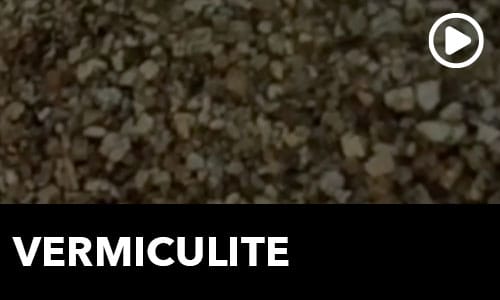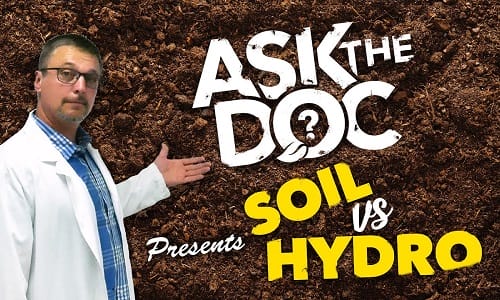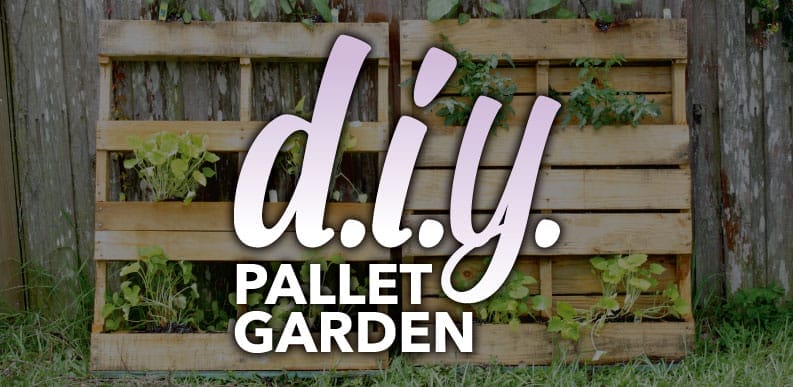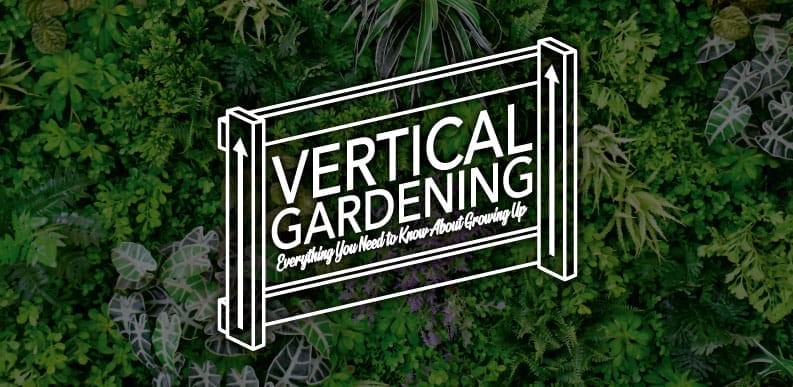Transcription:
The name vermiculite is derived from Latin and it means breeding worms and has nothing to do with worms. They simply named it this because when they heated vermiculite to form it, it would expand and it looked like growing worms.
Vermiculite and perlite are two substances added to soils to improve plant growth but they’re not the same. Vermiculite is more like a clay it absorbs water up to 30 times its own weight and it also holds nutrients by affecting the cation exchange capacity. Perlite is more like volcanic glass and it holds on to water only on the surface and it has no effect on plant nutrients or the cation exchange capacity.
I’d like to talk about some physical attributes of vermiculite, before I talk about some specific ways that you can use it to be a good grower. Because vermiculite is created by heating it to such extreme temperatures it is sterile which means you don’t have to worry about bringing any fungal or bacterial infections in your grow area. When you use vermiculite it also holds onto nutrients making them available to your plants which is basically involving the cation exchange capacity.
I have another short video that begins to explain the cation exchange capacity. Feel free to check that out after you finish watching this one.
Vermiculite increases aeration and what this means is that it loosens the soil. This means that it’s easier for plant roots to grow through soil. It has vermiculite in it if the plant roots are growing fast, that means your plants are going to grow faster and you could even get bigger yields if that’s what you’re going for.
By holding onto water vermiculite kind of acts like a sponge. This means you have to water your plants less often but it also means that I would not recommend you use vermiculite in any kind of a desert plant mix because of this water holding ability.
Vermiculite is an excellent substance for seed germination. There are a few ways to use it. The seed trays here that you see are filled with vermiculite. You could also fill these trays about two-thirds full with soil and then have the top third be vermiculite. The reason vermiculite is so great for seed germination is that since it’s sterile you have don’t have to worry about your seeds being infested and you’ll have lower damping off for those seedlings so water holding capacity means the seed will stay wet and germinate better and since it’s very loose the new gentle roots will grow very quickly through the vermiculite.
Vermiculite is also an excellent substance for taking cuttings for a lot of the same reasons it’s great for seed germination. Since it’s sterile you’re gonna have less problems with fungal problems like damping of. It holds water very well so this is going to improve the rooting success of your cuttings and since it’s very loose the new gentle delicate roots can grow through this vermiculite in search of nutrients and water.
Something else that I use vermiculite for in my greenhouse is to store bulbs. Many bulbs like this amaryllis here are tropical and you can’t just put them outside. They will die if they freeze and so I store them, particularly what I’ve done here is I’ve taken the amaryllis bulb and I put it in a small pot surrounded with vermiculite. I will water it and then place it in the back of a refrigerator where it will be dark and cool. After a few months I will take it out and water it and it will begin to grow and flower again in my greenhouse.
I often add vermiculite to my soil mixes and I’ll add anywhere from about 25 to 50% vermiculite to the soil mix. I never recommend putting more than 50% vermiculite because it’s going to be a little too wet for most plants. The smaller the grade, and the grade is simply how it’s measured to lower the number, the smaller it is the smaller the grade the smaller percent of vermiculite you should put in the soil.
I hope this helps you find ways to use vermiculite and be a better grower. As always if you have any questions please feel free to email me at [email protected]. Good growing



